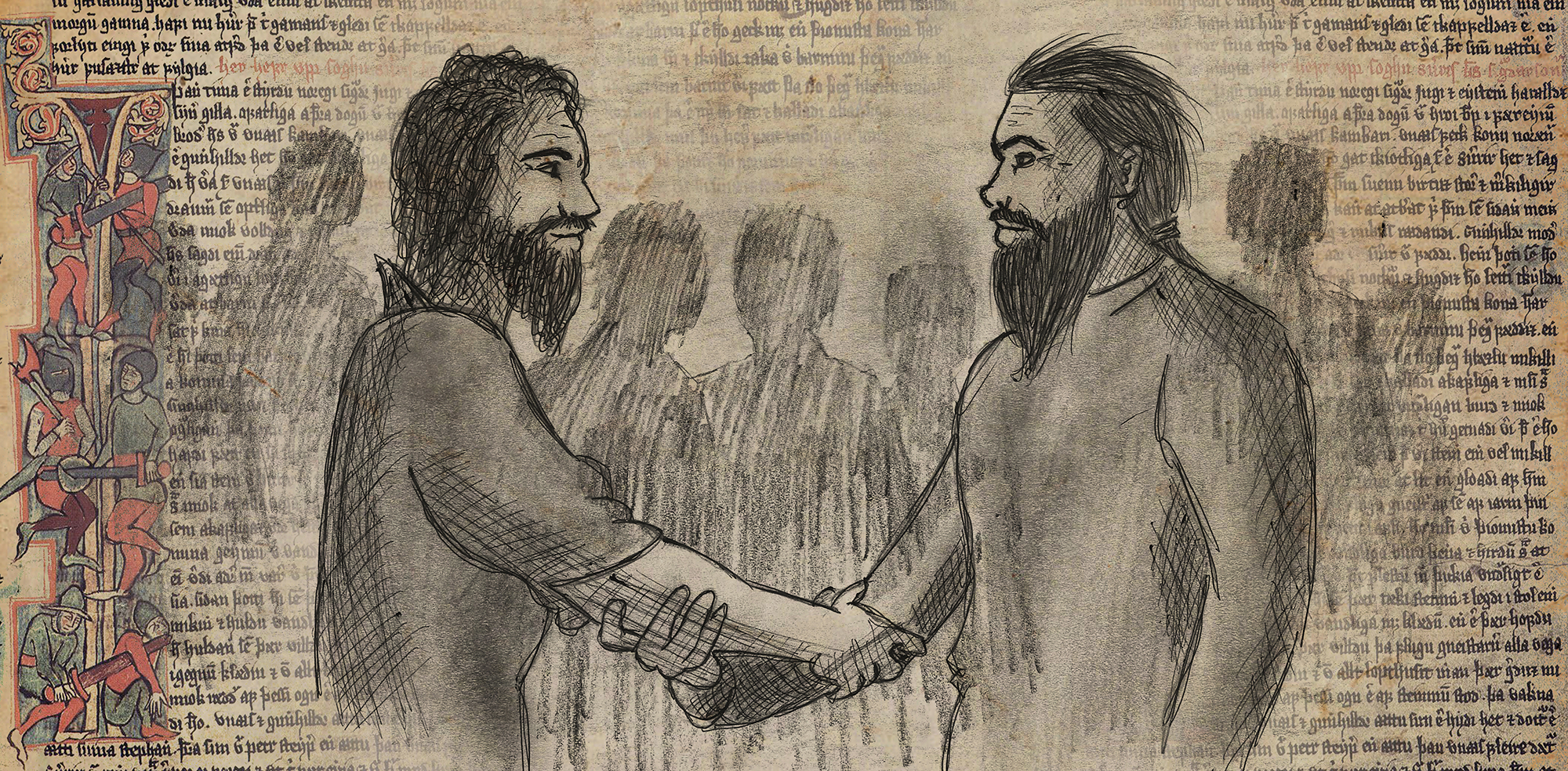Conference: Peacemaking and the Restraint of Violence in Medieval Europe (1100-1300): Practices, Actors and Behaviour

In high medieval Europe, conflict took a number of different forms, from large-scale battles, such as disputes over crowns, power and lands, to more local disputes over inheritance and property. In the absence of well-developed administrative structures which could limit conflict, cultural conventions, rituals and behavioural norms evolved to moderate violence within the elite community.
The exchange of hostages, ransom of defeated opponents, oath-taking and creation of new bonds of friendship, all helped to re-establish stable relations between former opponents. With peace came a change in the balance of power within a region. Relationships between adversaries were restructured and redefined as treaties were concluded and new agreements made. Peace rituals allowed the new status quo to be publicly proclaimed and understood. By studying the restraint of violence and the imposition of peace, we can examine both the long and short term implications of conflict, and improve our understanding of how violence shaped the elite community in medieval Europe.
From 22nd – 23rd February 2018, the Centre for Advanced Study in Oslo and the Department of Archaeology, Conservation and History at the University of Oslo will host a two-day conference on the practices and behaviours related to peacemaking and the restraint of violence in high medieval Europe. Participants will address a variety of diverse topics, from peace treaties and rituals, to the conventions which restrain violence during warfare.
Registration is open between 12 - 28 January 2018: